Purpose Personified: Senior Conducts Medical Research at Cornell
Washieu A. ‘23 leads a workshop on programming at Browning’s first citywide scrimmage, October 15, 2022.. The event had 12 teams from across the city to participate in matches and learning. The day was created, planned, and executed by Browning students. (Photo: Jon Simon)
Washieu A. ’23 is following his curiosity in programming by conducting research at Weill Cornell to develop medical imaging tools.
“From that moment on, I entered a world full of different languages, algorithms, and theorems,” Washieu said. “Coding has become a way through which I can express myself and my varying interests to the world.”
Since the age of four, Washieu has been captivated by computers — in an attempt to understand how they worked, he once deconstructed his home computer. Later on in middle school, he took a computer science class, which further sparked his interest in STEM.
“From the first day, I was immediately fascinated; I had the ability, within a few lines of code, to draw a square on a canvas.”
He took the pandemic lockdown as an opportunity to hone his programming skills, using Youtube and learning websites like Udemy. Through his exploration, he discovered a passion for deep learning (otherwise known as artificial intelligence) and biomedical engineering.
Washieu pursued the intersection of those two fields and sought to solve healthcare problems through programming. His first couple projects were to build programs that detected malaria in images of red blood cells, as well as programs that identified pneumonia in CT scans of lungs. After his initial work in the biomedical engineering space, Washieu began to conduct research at Weill Cornell Medicine.
In collaboration with graduate students and professors, he developed medical imaging tools. Washieu’s most recent project at Cornell was creating mathematical models and applications to assist medical practitioners in identifying tumors in MRI scans.
“My programs helped easily identify brain cancer, for example, within seconds,” Washieu said. “I’m now working on developing new mathematical models in the complex-plane to identify concentrations of iron and calcium within MRI scans to identify beta-thalassemia.”
Not only is Washieu tackling healthcare problems, but he is also interested in autonomous navigation. Similar to the self-driving systems developed by Tesla and Google, he has recently used sensors to drive robots autonomously in smooth curves.
At Browning, Washieu has fostered his curiosity on the robotics team. “I am always trying different approaches to problems that we have using industrial designs and solutions,” Washieu said. He incorporates his interest in computer science into other subjects, including building a website for English and a 3D molecule viewer in chemistry.
As for faculty members who have contributed to the pursuit of his curiosity, Washieu pointed out Melodie Ting, Computer Science and Engineering Chair.
“Dr. Ting has definitely had a unique impact towards this [success as a programmer] as she served as a mentor for me,” Washiey said. “She taught me about different CS-concepts and encouraged me to pursue some of the more crazy ideas I have, whether that be for a class or for robotics.”

